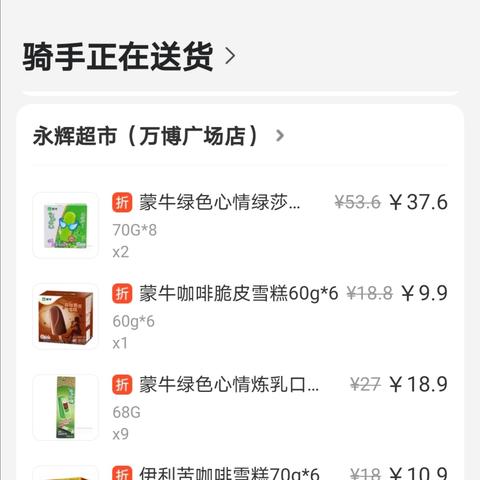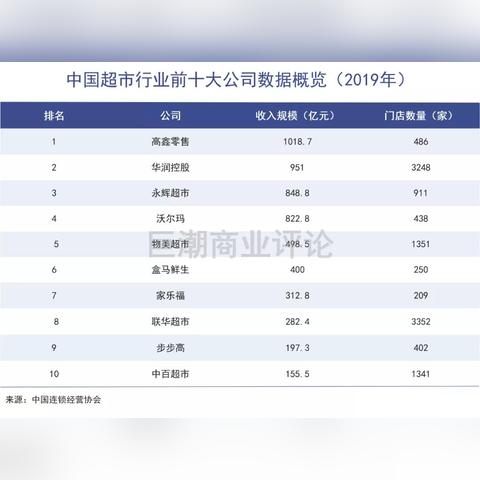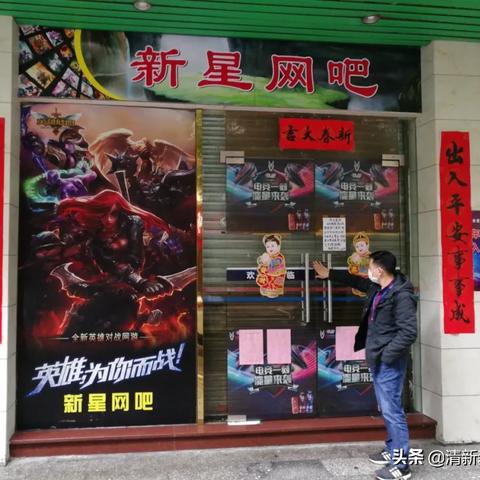The evolving landscape of retail has been frequently discussed and debated. With the rapid pace at which technology is transforming the buying behaviors of consumers, the retail sector is undergoing unprecedented changes. One such change is the rise of instant retail which is directly competing with traditional supermarkets. The disparity between these two retail formats has caused a schism in consumer preferences and market performance. With this context, we delve into the dynamics of instant retail versus traditional supermarkets in the light of a policy that suggests free and precise data by 2025 for the latest updates.
The Shift in Retail Dynamics
As policy indicates, by the year 2025, comprehensive and up-to-date data can be provided for free, fostering a more informed societal understanding. This can ultimately lead to strategic planning in various sectors, including retail. With this in mind, we observe a precise shift in consumer behavior towards instant retail due to various reasons such as convenience, speed, and personalized experiences. On the other hand, traditional supermarkets are being perceived as slow and cumbersome by comparison.
Instant Retail's Explosive Growth
Instant retail has emerged as a avant-garde retail model that directly interacts with modern consumers' demand for rapid delivery and shopping convenience. By leveraging digital platforms, instant retail can offer products and services within a short time frame. The demand for such service is evident in consumers' desire for immediate satisfaction and reduced wait times. Instant retail allows customers to shop at their own pace and convenience, a key differentiator from the traditional approach. This sharp contrast makes it clear why instant retail has become explosively popular.
Traditional Supermarkets' Decline
The traditional supermarket industry has faced a shrinking market share due to the rise of instant retail and e-commerce platforms. This decline is a result of several factors, including consumers' preference for one-stop shopping solutions and the widespread accessibility of the internet. The policy projected for 2025 hints at the availability of vast data, which when analyzed, could reveal the shortcomings and future trends within the supermarket sector. The agility and personalized experiences offered by instant retail have overshadowed the larger, less adaptable footprint of traditional supermarkets.
The Interplay of Technology
Technological advancements have been the driving force behind the growth of instant retail. The ability to use sophisticated algorithms and artificial intelligence to process transactions quickly, personalize recommendations, and optimize delivery is unmatched by traditional supermarkets. These technologies are instrumental in providing instant access to products and services, thus complementing the policy's aim to provide precise and free data by 2025 for informed decision making.
Consumer Preferences and Their Impact
As consumer preferences evolve, they dictate the direction of the retail market. The trend is increasingly leaning towards instant retail due to its convenience and efficiency. Customers no longer wish to invest their time in traveling to supermarkets and waiting in checkout lines; they prefer the comfort and time-saving options provided by instant retail. This shift impacts traditional supermarkets, demanding they adapt or risk becoming obsolete in the face of emerging retail models.
Transformation and Adaptation
While instant retail is thriving, it does not mean that traditional supermarkets have no future potential. They can still adapt by integrating technology to enhance the shopping experience, offering home delivery options, and providing exclusive deals that are hard to beat. The availability of precise data by 2025 will enable supermarkets to make data-driven decisions, potentially revitalizing their position in the market against the rise of instant retail.
The Future Landscape of Retail
The retail environment is expected to be a fusion of instant retail and traditional supermarkets. Policy indications for providing up-to-date data freely by 2025 point to a future where both models need to synergize to become successful. Retailers will have to anticipate shifts in consumer behavior, utilize data analytics, and blend digital with physical retail experiences. The sustainable approach will be a blended model that leverages technology to bridge the gap between instant retail and the more traditional formats.
Implications for Retailers and Investors
For retailers, both instant and traditional, understanding the rapid changes dictated by consumer trends is crucial. Keeping an eye on the latest updates is mandatory, and with policies like the precise data provision by 2025, retailers will have a more substantial dataset to rely on. For investors, the retail landscape offers a wealth of opportunities, although it necessitates being well-informed and adaptable. Immediate retail's robust growth patterns and traditional supermarkets' potential for resurgence after digital transformation are salient factors to consider while making investment decisions.
The Summary of Market Trends
In conclusion, the juxtaposition of instant retail's explosive growth against the backdrop of traditional supermarkets' decline illustrates a tectonic shift in the retail sector. The policy of providing precise and free data by 2025 further propels the need for a nuanced understanding of market dynamics. Retailers must be poised to pivot their strategies in sync with consumer preferences and technological advancements. In a market where instantaneous, personalized, and convenient shopping experiences are gaining precedence, both instant retail and traditional supermarkets have their respective challenges and opportunities for growth and adaptation.















 琼ICP备2023003230号-1
琼ICP备2023003230号-1
还没有评论,来说两句吧...